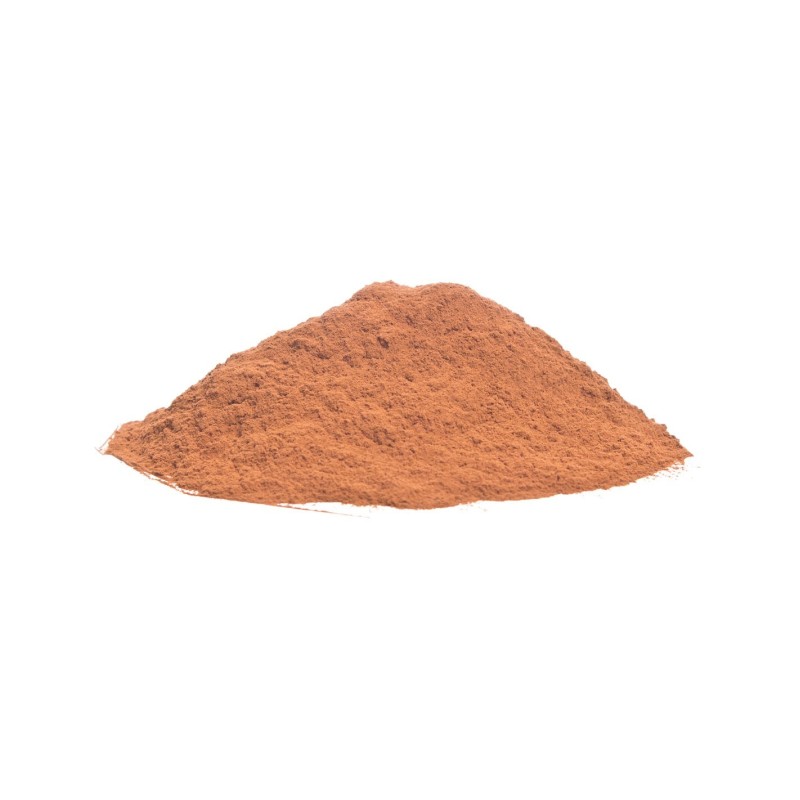







Add it to your cake batters, cookies, compotes, fruits, sweets, creams, tarts (apple or pear cake), yogurt, jams, rice pudding and finally everywhere in all your preparations!
It is prepared with savory dishes, especially red meat and poultry, tagine, couscous, fried vegetables, starchy dishes, mixed salads or directly in vinaigrette.
Use it to flavor your teas and infusions as well as your hot drinks such as hot chocolate or mulled wine.
Try making a Christmas spice from sugar by adding cinnamon to a jar filled with sugar along with other Christmas spices such as ginger, vanilla, cloves and star anise so that the sugar absorbs those typical flavors of the end of the year celebrations.
 Garanties sécurité
Garanties sécurité
(à modifier dans le module "Réassurance")
 Politique de livraison
Politique de livraison
(à modifier dans le module "Réassurance")
 Politique retours
Politique retours
(à modifier dans le module "Réassurance")
Three big differences: thickness of the rind, color and taste.
The thickness of Ceylon cinnamon bark is very thin, about 1mm thick, with a firm but friable and irregular texture.
The color of Ceylon cinnamon is orange-ochre
In terms of taste, the smell is not very aromatic, but in the mouth it is very aromatic, sweet and fragrant.
The bark of Chinese cassia cinnamon rolls is thicker, about 3mm thick. It is orange in color but leans towards brown. It is also not very aromatic on the nose and remains fragrant on the palate, but not very sweet or even slightly bitter.
Unlike Ceylon cinnamon (Cinnamomum verum), Chinese cinnamon (Cinnamomum cassia) or Indonesian cinnamon (Cinnamomum burmanii) contain a high dose of coumarins, one of whose compounds is o-hydroxyphenylacetaldehyde (o-HPA). The problem with coumarins, and this compound in particular, is that they are hepatotoxic (toxic to the liver) and nephrotoxic (toxic to the kidneys) at high doses.
You might also like